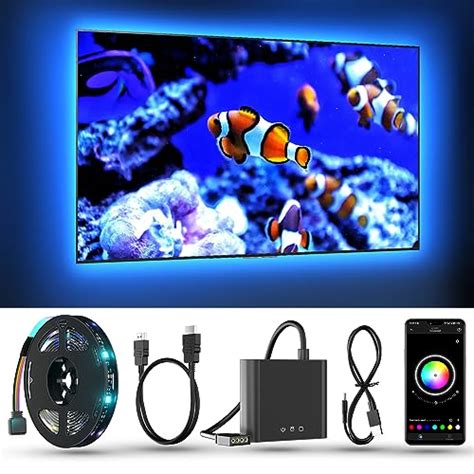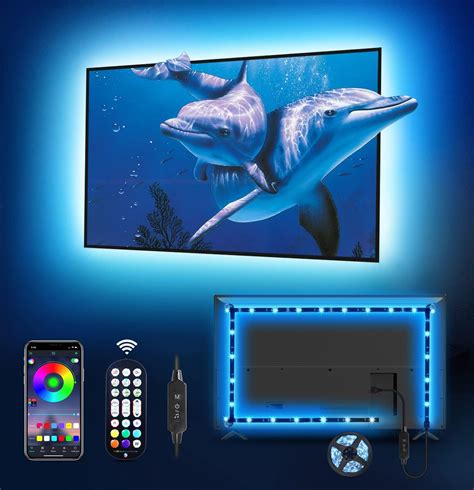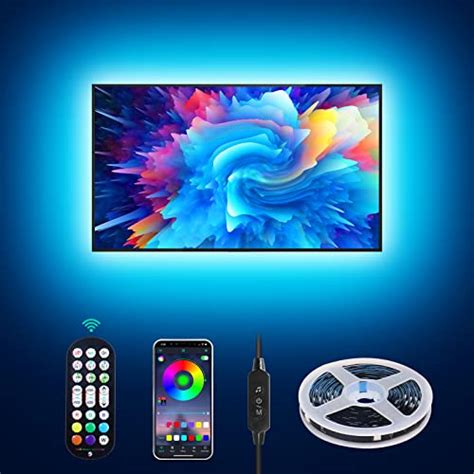In today’s fast-paced business environment, remote communication is crucial for maintaining efficiency and collaboration. Smart televisions have emerged as a valuable tool for modern businesses, offering more than just entertainment. These advanced devices integrate seamlessly with communication tools like video conferencing platforms, enabling teams to connect visually and audibly with remarkable clarity. The enhanced visual and audio quality provided by smart televisions fosters more engaging and effective virtual meetings, bridging the gap between remote and in-office employees. Additionally, their ease of use, accessibility, and cost-effectiveness make them an attractive option for businesses looking to upgrade their remote communication capabilities. This article explores the benefits of smart televisions in enhancing remote communication for businesses and future trends in this evolving technology.
Delve into this topic with xipres.xyz to gain a thorough understanding.
1. Introduction to Smart Televisions
Smart televisions have transcended their traditional entertainment function, emerging as potent tools for modern businesses. These sophisticated devices boast internet connectivity and a suite of smart features, transforming them into versatile assets within the business environment. Unlike conventional televisions, smart TVs possess the capability to run applications, stream content, and seamlessly connect to diverse devices, making them essential components of a company’s communication infrastructure.
Smart televisions are a valuable tool for enhancing remote communication in business settings. Their seamless integration with video conferencing platforms enables teams to hold meetings with crystal-clear visuals and audio. The large, high-definition screens enhance the viewing experience, making it easier for participants to see presentations, data, and other visual content, leading to more engaging and productive virtual meetings. Smart TVs also feature intuitive interfaces, requiring minimal training and reducing barriers to effective communication. As remote work becomes increasingly prevalent, smart televisions are quickly becoming essential in both conference rooms and home offices, facilitating smooth and efficient communication.

2. Integration with Communication Tools
Smart TVs offer a significant advantage in business settings by seamlessly integrating with a variety of communication tools. Their compatibility with popular video conferencing platforms, including Zoom, Microsoft Teams, and Google Meet, enables businesses to effortlessly host and join virtual meetings. This direct connection through dedicated apps on the smart TV eliminates the need for extra hardware or cumbersome setup procedures.
Smart televisions offer screen mirroring and casting capabilities, allowing users to project content from their laptops, tablets, or smartphones directly onto the TV screen. This feature proves particularly beneficial for presentations, training sessions, or collaborative meetings where sharing visual content with a larger audience is essential. The large, high-definition screens of smart TVs guarantee that all participants can clearly view the shared content, fostering a more effective and engaging communication experience.
Furthermore, many smart TVs feature integrated cameras and microphones, simplifying the process of participating in and leading virtual meetings. This integrated solution eliminates the need for multiple devices and cables, streamlining the communication setup and enhancing the efficiency and user-friendliness of remote collaboration for businesses.

3. Enhanced Visual and Audio Quality
Smart televisions excel in delivering exceptional visual and audio quality, making them a prime choice for enriching remote communication in business environments. The high-definition or even 4K resolution displays featured in modern smart TVs produce images of stunning clarity, which are paramount for video conferences, presentations, and collaborative meetings. From intricate design plans to detailed data charts and video content, the sharp visuals guarantee that all participants can fully engage with the material being presented.
Smart televisions offer more than just visuals; their audio capabilities enhance remote communication significantly. Many models boast advanced sound systems that produce crisp, clear audio, ensuring every word spoken during virtual meetings is heard without distortion. This is particularly beneficial in larger rooms where sound quality can be compromised. By reducing misunderstandings and eliminating the need for repetition, these enhanced audio features contribute to more efficient and productive meetings.
Certain smart televisions incorporate noise cancellation and voice enhancement technologies, enhancing the audio experience by reducing background noise and emphasizing the speaker’s voice. This combination of superior visuals and sound fosters a more immersive and effective communication environment, blurring the line between remote and in-person interactions.

4. Ease of Use and Accessibility
Smart televisions feature user-friendly interfaces, designed to be accessible to users of all technical abilities. Intuitive menus and straightforward navigation empower employees to readily access communication tools, streaming services, and other applications without extensive training. This ease of use is especially advantageous in fast-paced business environments where time is a critical factor.
Furthermore, smart TVs typically include voice control capabilities and integrated virtual assistants such as Google Assistant or Amazon Alexa. These features allow users to control the television, launch applications, and adjust settings using straightforward voice commands, enhancing the user experience.
Smart televisions excel in accessibility. Features such as screen readers, customizable subtitles, and adjustable display settings cater to diverse needs, enabling comfortable use for everyone. This blend of user-friendliness and accessibility makes smart televisions ideal for business settings, supporting a broad user base and enhancing remote communication.
5. Cost-Effectiveness for Businesses
For businesses, investing in smart televisions can be a cost-effective choice. This is due to the vast range of functionalities they offer, effectively combining multiple tools into one. By eliminating the need for separate video conferencing equipment, projectors, and audio systems, businesses can significantly reduce both initial hardware costs and ongoing maintenance expenses.
Smart televisions are built for durability and longevity, reducing the frequency of replacements or upgrades. Their capacity for software updates ensures businesses can maintain current systems without needing constant new equipment purchases. This extended lifespan contributes to their cost-effectiveness, providing a substantial return on investment over the long term.
Smart TVs enhance communication and collaboration, leading to increased productivity and reduced indirect costs from miscommunication or inefficient meetings. For businesses with remote or hybrid work models, smart TVs offer a scalable, cost-effective solution that supports growth without substantial investment. Ultimately, the combination of their multi-functionality, durability, and productivity potential makes smart TVs a financially wise choice for modern businesses.
6. Future Trends and Innovations
Smart televisions are continuously evolving, becoming increasingly sophisticated and poised to revolutionize remote communication for businesses. The future of smart TVs promises the integration of cutting-edge technologies like artificial intelligence (AI) and machine learning, offering personalized experiences for users. AI-powered features are expected to include automatic adjustments to audio and video settings, seamlessly adapting to room conditions or individual preferences, thereby enhancing the efficiency and fluidity of meetings.
A burgeoning trend is the integration of advanced virtual collaboration tools directly within smart TVs. These tools have the potential to facilitate real-time document editing, interactive presentations, and even augmented reality (AR) applications, thereby narrowing the divide between remote and in-person collaboration.
Moreover, the evolution of display technology, encompassing 8K resolution and enhanced HDR capabilities, will deliver even sharper visuals, thereby amplifying the clarity of presentations and video content. As these innovations gain wider accessibility, smart televisions will remain indispensable tools for businesses, propelling the future of remote communication and collaboration.
Smart televisions are transforming remote communication for modern businesses by offering enhanced visual and audio quality, seamless integration with communication tools, and user-friendly features. Their cost-effectiveness and adaptability make them a valuable investment for both small and large organizations. As technology advances, smart TVs will continue to evolve, incorporating innovative features like AI-driven adjustments and improved collaboration tools. Embracing these advancements can help businesses stay competitive, streamline communication, and enhance productivity in a remote or hybrid work environment. Investing in smart televisions today is a forward-thinking choice for effective and efficient re
xipres.xyz